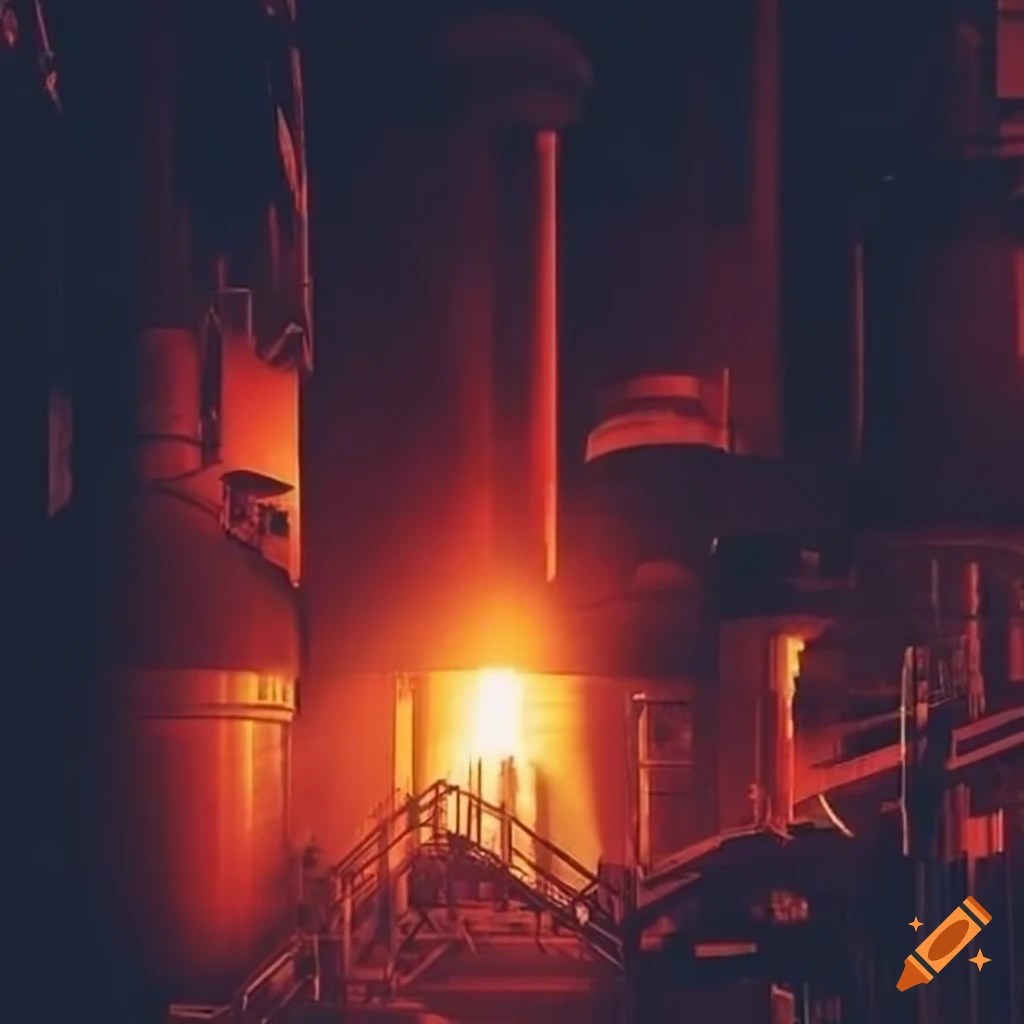Seattle, the Emerald City, renowned for its lush greenery and vibrant gardens, presents a unique challenge for aspiring green thumbs: deciphering the ideal seed-starting timeline. The city's notoriously unpredictable weather, characterized by cool, wet springs and relatively mild winters, demands a nuanced approach to planting. This isn't Kansas, and tossing seeds into the ground willy-nilly just won't cut it. So, when is the right time to unleash your inner gardener and sow the seeds of success in Seattle?
Navigating the intricacies of Seattle's planting calendar requires a deep understanding of the region's microclimate. Factors like proximity to Puget Sound, elevation, and even the presence of urban heat islands can significantly influence the timing of your planting endeavors. Mastering this delicate dance between climate and cultivation is the key to a bountiful harvest.
Historically, Seattle's indigenous communities, like the Duwamish Tribe, cultivated the land for centuries, relying on intimate knowledge of the seasons and natural indicators. Their traditional practices offer valuable insights into the rhythm of the local ecosystem and underscore the importance of adapting gardening techniques to the specific conditions of the Pacific Northwest.
Understanding the optimal seed starting time in Seattle is crucial for maximizing plant growth and ensuring a healthy harvest. Starting too early can expose tender seedlings to damaging frosts, while starting too late can shorten the growing season and limit yields. This delicate balancing act emphasizes the significance of timing in Seattle's gardening scene.
One of the primary issues facing Seattle gardeners is the city's relatively short growing season. The cool, wet spring can delay planting outdoors, while the arrival of fall frosts can quickly bring the growing season to an end. This compressed timeframe necessitates strategic planning and careful consideration of seed starting times.
Let's break down some common Seattle planting timelines. For cool-season crops like lettuce, spinach, and peas, direct sowing can begin as early as late March or early April. Warm-season crops, such as tomatoes, peppers, and squash, require a longer growing season and are best started indoors in late February or early March. Transplanting these tender seedlings outdoors should occur after the last frost, typically in mid-May.
Benefit 1: Maximized Growing Season: Starting seeds indoors allows you to extend the growing season for warm-season crops. By giving them a head start, you ensure they have ample time to mature and produce a bountiful harvest before the first frost arrives.
Benefit 2: Stronger, Healthier Plants: Starting seeds indoors gives you greater control over the growing environment. You can provide optimal conditions for germination and growth, resulting in stronger, healthier plants that are more resistant to pests and diseases.
Benefit 3: Cost Savings: Starting seeds indoors is significantly cheaper than buying established seedlings. You can save money and expand your garden's variety by starting from seed.
Step-by-Step Guide: 1. Gather your supplies: seed starting mix, containers, seeds. 2. Moisten the seed starting mix. 3. Sow seeds according to package directions. 4. Provide adequate light and warmth. 5. Harden off seedlings before transplanting outdoors.
Advantages and Disadvantages of Starting Seeds Indoors in Seattle
| Advantages | Disadvantages |
|---|---|
| Longer growing season | Requires space and equipment |
| Stronger plants | Can be time-consuming |
| Cost savings | Risk of damping-off disease |
Best Practice 1: Use high-quality seed starting mix.
Best Practice 2: Provide adequate light using grow lights or a sunny windowsill.
Best Practice 3: Harden off seedlings gradually before transplanting.
Best Practice 4: Monitor soil moisture and avoid overwatering.
Best Practice 5: Use a heat mat to maintain optimal soil temperature for germination.
FAQ 1: When should I start tomato seeds indoors in Seattle? Answer: Late February or early March.
FAQ 2: When can I plant lettuce seeds directly outdoors in Seattle? Answer: Late March or early April.
Tips and Tricks: Use a calendar to track planting dates. Join a local gardening group for advice and support.
In conclusion, understanding the optimal timing for seed starting in Seattle is paramount to gardening success. By carefully considering the region's unique climate and employing strategic planning, you can unlock the secrets to a thriving garden. From maximizing the growing season to fostering stronger, healthier plants, the benefits of understanding when to plant seeds in Seattle are undeniable. Embrace the challenge, experiment with different techniques, and enjoy the rewards of a bountiful harvest. Remember, connecting with local resources, like community gardens and gardening clubs, can provide invaluable insights and support on your gardening journey. So, grab your trowel, gather your seeds, and get ready to unleash your green thumb in the Emerald City!
when to plant seeds in seattle - Trees By Bike
when to plant seeds in seattle - Trees By Bike
Seeds Snake Plant and Plantrama in Seattle - Trees By Bike
Realistic image of an engineer in a power plant on Craiyon - Trees By Bike
Indoor Plants PNG Transparent Indoor Plant House Indoor Plant House - Trees By Bike
Portrait of a fairy warrior in plant armor on Craiyon - Trees By Bike
Zone 7B Seed Starting Calendar - Trees By Bike
YSS launches Rooftop Garden employment program in Des Moines - Trees By Bike
Nuclear power plant on Craiyon - Trees By Bike
Paper bag with plant seeds isolated on white Stock Vector Image Art - Trees By Bike
sunflower plant seeds flower line doodle coloring icon element object - Trees By Bike
You Could Be an Answer to Somones Prayer SVG - Trees By Bike
Amazoncom Garden Plant Seeds Fruit Tree Seeds Pitaya Seeds 100 Pcs - Trees By Bike
Steel plant on Craiyon - Trees By Bike
10 in 1 Package Salad Seeds Gardening tools Gift - Trees By Bike













